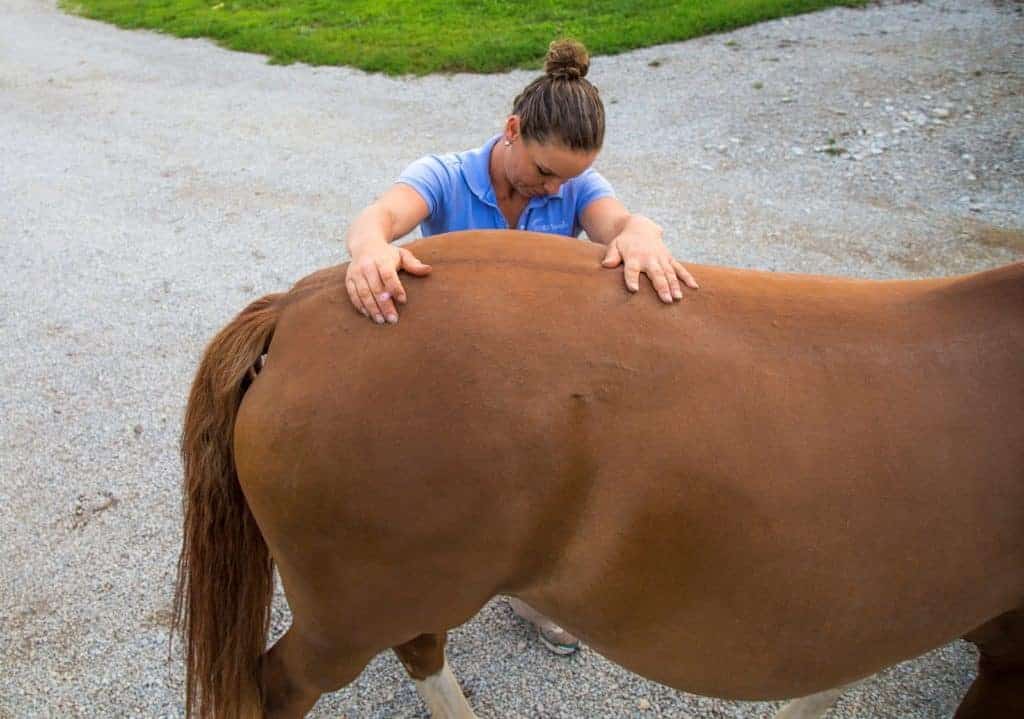
2018 BEVA Congress: Top Tweets and Take-Homes
Read some of the top tweets and take-homes on topics such as lameness, equine obesity, laminitis, and more from the 2018 British Equine Veterinary Association Congress.

Read some of the top tweets and take-homes on topics such as lameness, equine obesity, laminitis, and more from the 2018 British Equine Veterinary Association Congress.

Work-life balance for the equine veterinarian who’s also a parent requires planning, patience, good boundaries, and in many cases, a flexible employer. To help, four U.K. vets launched an initiative called MumsVet in 2016.

Practitioners must use clinical signs and laboratory testing to distinguish between these sometimes similar ailments.

Find out how an owner’s careful management after an injury occurred likely prevented a fatal outcome for a Quarter Horse gelding.

Instead of causing foot pain directly, rear hoof imbalances seem to cause more problems higher up the leg—to the hocks, stifles, glutes, and sacroiliac joint, one vet says.

Both medical and surgical management resulted in more than 94% of treated horses surviving to discharge from one hospital, researchers found.

Researchers found that surgical correction of a patent urachus or infected umbilical remnants often has a good outcome.

Here’s how vets can carry out five common mildly aversive procedures using learning science and behavior modification techniques.

If foals are diagnosed and treated early they generally have a fair to good chance to make a full recovery.

Cytology allows vets to correctly diagnose a corneal ulcer’s underlying cause and institute appropriate therapy.

Removing the ovaries won’t fix other issues, from static shock to bladder adhesions, that can make mares behave badly.

A 15-minute tourniquet application was sufficient to achieve peak synovial amicacin concentrations in the coffin joint.

Advances in how vets manage sepsis, as well as incorporating preventive strategies for laminitis, are leading to improved outcomes.

Resistant bacteria do not necessarily have the ability to cause more severe disease as long as veterinarians identify them promptly and begin appropriate treatment.

During AAEP’s Kester News Hour, Dr. Rob MacKay reviewed his favorite studies of 2017, covering EPM, EHV, SAA, and more.

This confirms the need for good hygiene within vet hospitals to prevent MRSA spread between veterinarians and horses.
Stay on top of the most recent Horse Health news with
"*" indicates required fields